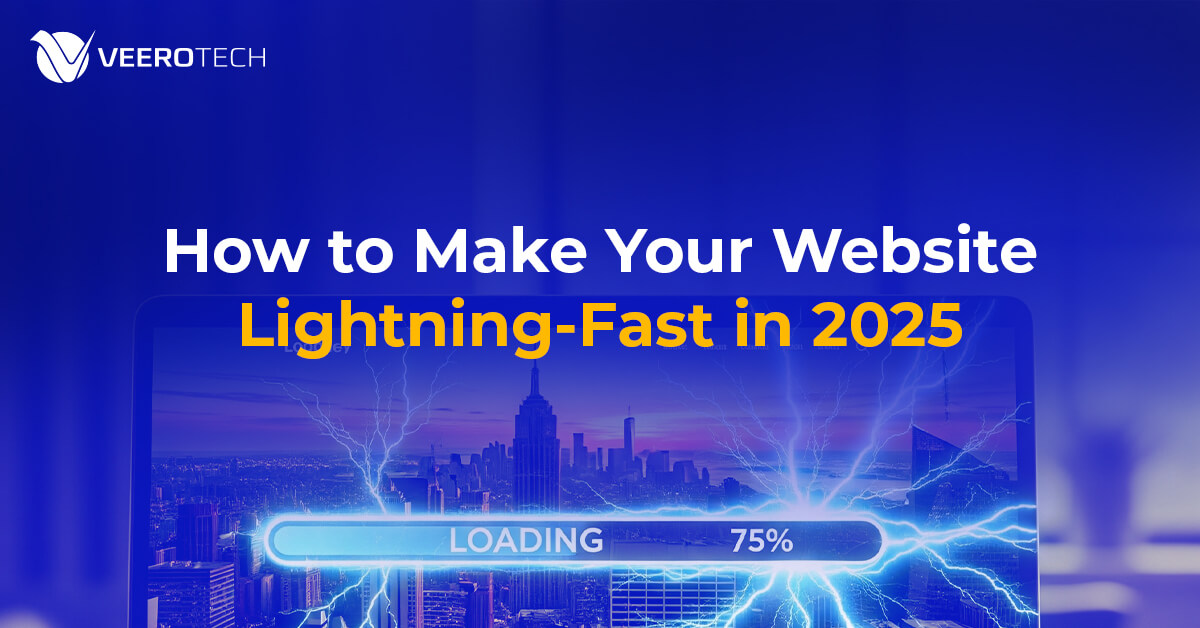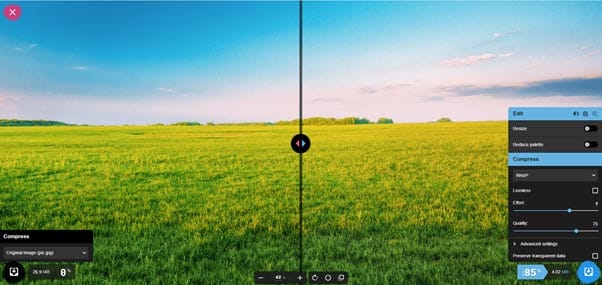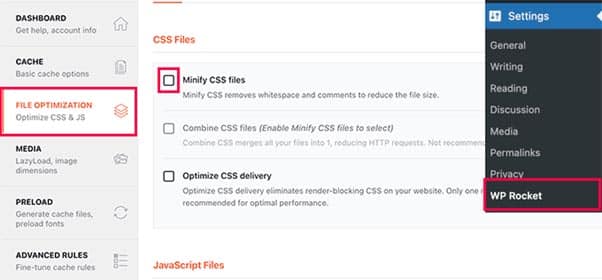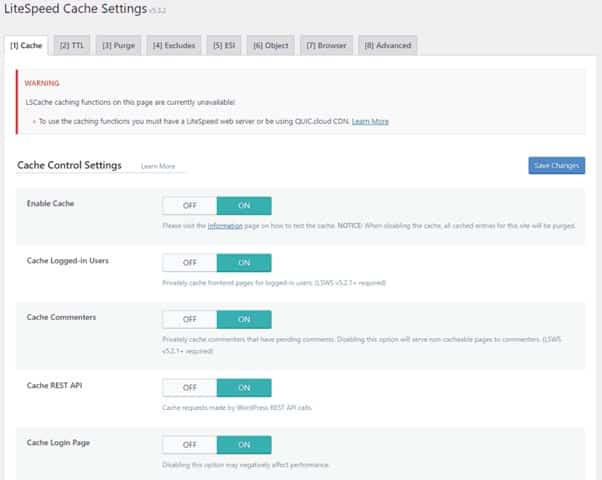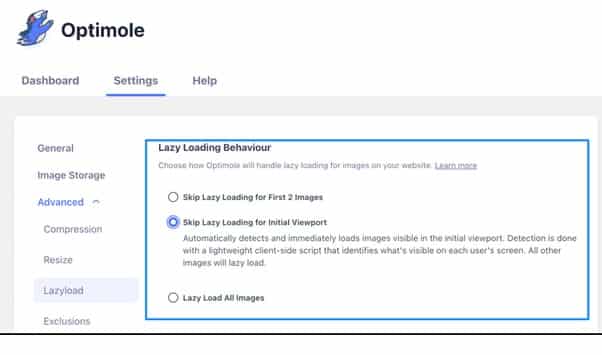Introduction
We’ve all been there—clicking on a website that takes forever to load and giving up in frustration. In 2025, slow websites aren’t just annoying; they cost you users, conversions, and even your search rankings. Studies show a one-second delay in load time can reduce conversions by 7% and increase bounce rates by 32%.
With Google’s Core Web Vitals now a key factor in SEO rankings, performance is no longer optional—it’s mission-critical. Whether you run a blog, an e-commerce site, or a business portfolio, this guide offers hands-on strategies to significantly improve your site speed. From hosting to image optimization to code cleanup, we’ll cover what you need to know to make your site lightning-fast and future-ready.
1. Choose High-Performance Hosting
Your hosting provider is the foundation of your website’s speed and performance. In 2025, top-tier performance means hardware such as AMD EPYC processors and NVMe storage (up to 7 times faster than SSDs), along with software like LiteSpeed Web Server, which enhances dynamic content delivery.
What to look for:
- NVMe storage (for ultra-fast data access)
- Modern CPUs (e.g., AMD EPYC)
- Built-in server-level caching (like LSCache)
- Guaranteed resource allocation (especially with VPS and semi-dedicated plans)
2. Optimize and Compress Images
Images are often the most significant contributors to slow load times.
Best practices:
- Use modern image formats: WebP and AVIF offer significant compression with no visible quality loss.
- Compress images with tools like ShortPixel, TinyPNG, or Squoosh.
- Serve images in the correct size for different devices using responsive <img> tags.
- Use a CDN (Content Delivery Network) to serve images closer to your visitors.
- Test performance with: GTmetrix, Google PageSpeed Insights
3. Clean Up and Minify Code
Bloated code slows your site and wastes bandwidth. Reduce file size and remove any unnecessary content.
Steps:
- Minify CSS, JavaScript, and HTML using tools like WP Rocket, Autoptimize, or UglifyJS.
- Eliminate unused CSS and JavaScript (especially from old plugins or themes).
- Combine smaller files into one (where possible) to reduce HTTP requests.
- For WordPress, regularly audit plugins and themes.
4. Enable Caching
Caching stores static versions of your content to speed up repeat visits.
Types of caching:
- Browser caching: Stores elements locally on the user’s device.
- Server-side caching: Like LiteSpeed Cache or Varnish.
- Object caching: Great for dynamic sites (e.g., WooCommerce).
Tip: Use a plugin like LSCache for WordPress for seamless integration with LiteSpeed servers.
5. Lazy Load Media
Lazy loading means deferring image/video loading until they’re needed.
Why it matters:
- Reduces initial page load times.
- Especially effective for media-heavy pages.
How to implement:
- Built-in for many WordPress themes.
- Use plugins like a3 Lazy Load or Native Lazyload.
6. Use a Lightweight Theme
Heavy, bloated themes with tons of animations and scripts can cripple your load speed.
Go for:
- Clean, minimal themes like GeneratePress, Astra, or Neve.
- Themes optimized for performance and responsive design.
Avoid:
- Themes that load a dozen font styles and 20 JavaScript libraries by default.
7. Monitor Your Performance Frequently
You can’t fix what you don’t measure.
Tools to use:
- Google PageSpeed Insights: Google’s benchmark for speed & Core Web Vitals.
- Pingdom: Simple waterfall analysis and speed grades.
- GTmetrix: Detailed performance breakdown with actionable suggestions.
- WebPageTest: Advanced metrics like Time to First Byte (TTFB).
Monitor performance monthly or after any site changes.
Why VeeroTech Makes Speed Simple
With VeeroTech, you get a hosting platform built for speed:
- AMD EPYC processors and NVMe storage for raw power.
- LiteSpeed Web Server and LSCache for smarter, faster content delivery.
- Shared, WordPress, semi-dedicated, and VPS plans tailored for speed-focused sites.
- Proactive monitoring and robust infrastructure to reduce downtime and bottlenecks.
- Easy-to-use cPanel and DirectAdmin panels to tweak performance settings without developer skills.
- 24/7 human support to help with everything from cache setup to plugin conflicts.
Whether you’re scaling a small blog or running a high-traffic ecommerce store, VeeroTech helps make fast performance sustainable and straightforward.
Conclusion
A fast-loading website isn’t a luxury in 2025—it’s a necessity. By investing in high-performance hosting, optimizing assets, and regularly monitoring performance, you can ensure users stay engaged, search rankings remain strong, and bounce rates stay low.
Need help securing your site too? Check out our Website Security Tips guide.
Know someone struggling with site speed? Share this guide and help make the web faster for everyone.
If you have any web hosting questions please feel free to reach out to us. We're happy to help.

